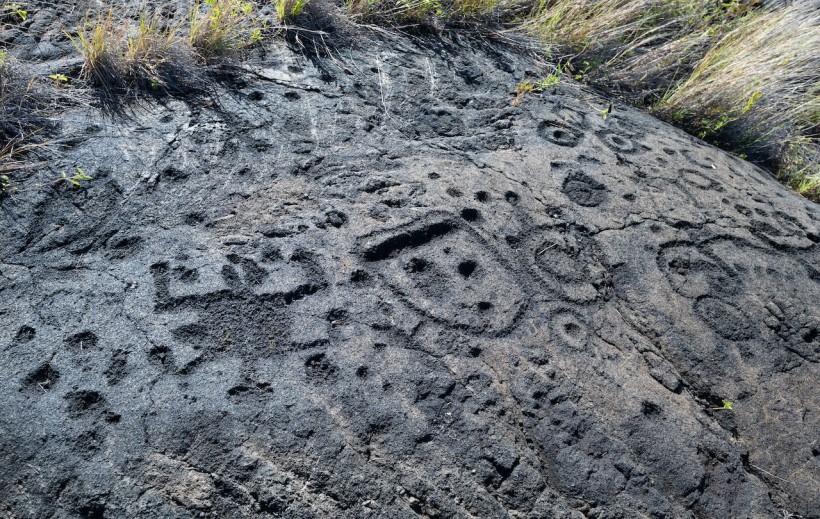Researchers were able to find roughly 40 rock carvings with varied depictions on a steep rock surface across western Sweden in early May. These petroglyphs were found to date back roughly 2,700 years.
Petroglyphs Found in Hillside Rock Section in Sweden
According to Live Science, the granite rock face where these petroglyphs were carved used to be part of an island. This meant that the carvings would have been made by people who were standing on a boat or on a structure over ice. This was according to archaeologist Martin Östholm, who serves as the project manager at the Foundation for Documentation of Bohuslän's Rock Carvings and was one of the specialists behind the petroglyph discovery.
Ancient Origins reports that the hillside rock section containing the petroglyphs spans roughly 50 feet in length and covers some distinct depictions of figures, including a stylized human figure and a ship.
Until recently, the hillside where the petroglyphs were found was fully coated with thick moss layers. Because of this, the petroglyphs were virtually invisible. Nobody could have guessed that the relatively steep hillside could have been a canvas full of ancient carvings. Östholm also explains that due to the surface's steepness, the researchers needed to stand over a platform in order to perform archaeological activities.
Live Science adds that Bohuslän is known to house rock carvings, such as the Tanum Bronze Age Art, which is considered a UNESCO site. The archaeologists were then trying to find other petroglyphs within the vicinity when they encountered the carvings coated with moss.
They observed that some lines seemed to be made by humans. Upon taking the moss away, they found the petroglyphs lying below.
ALSO READ: Iraqi Archaeologist Unearthed 2,700-Year-Old Stone Carvings From Ancient Assyrian [Look]
Unique Depictions
According to the National Park Service, petroglyphs are made by directly pecking onto the rock surface with a hammerstone and stone chisel. Östholm notes that to create these specific petroglyphs, people would have had to harshly smack hard stones over the granite surface.
The stone smacking then exposed the lower white layers and made the petroglyphs clear and visible. Östholm explains that the reason behind the carving creation is a mystery, but it seemed to have served as an ownership mark.
The recently found petroglyphs include unique depictions of animals, people, and ships. The biggest one features a 13-foot-long ship. This is quite massive, as several petroglyphs have lengths that range between 12 and 16 inches, Östholm notes.
The exact meanings remain a mystery. However, expert and researcher James Dodd, who is from Denmark's Aarhus University and Sweden's Rock Art Research Centre Underslös of Tanums Hällristningsmuseum, explains that if these carvings were made in a short period of time, they may depict a story. He notes that there were repeated motifs of chariots, animal figures, and carts.
Dodd explains that the repetitions may show the possibility that the collection features a narrative of some sort. Other petroglyph studies in the area have suggested that these depictions could have been used for such a purpose. However, in this specific case, the exact meaning and interpretation remain a mystery.
RELATED ARTICLE: Stone Receipt? Rare 2,000-Year-Old Rock in Jerusalem Found To Contain Record of Financial Transaction
Check out more news and information on Archaeology in Science Times.















